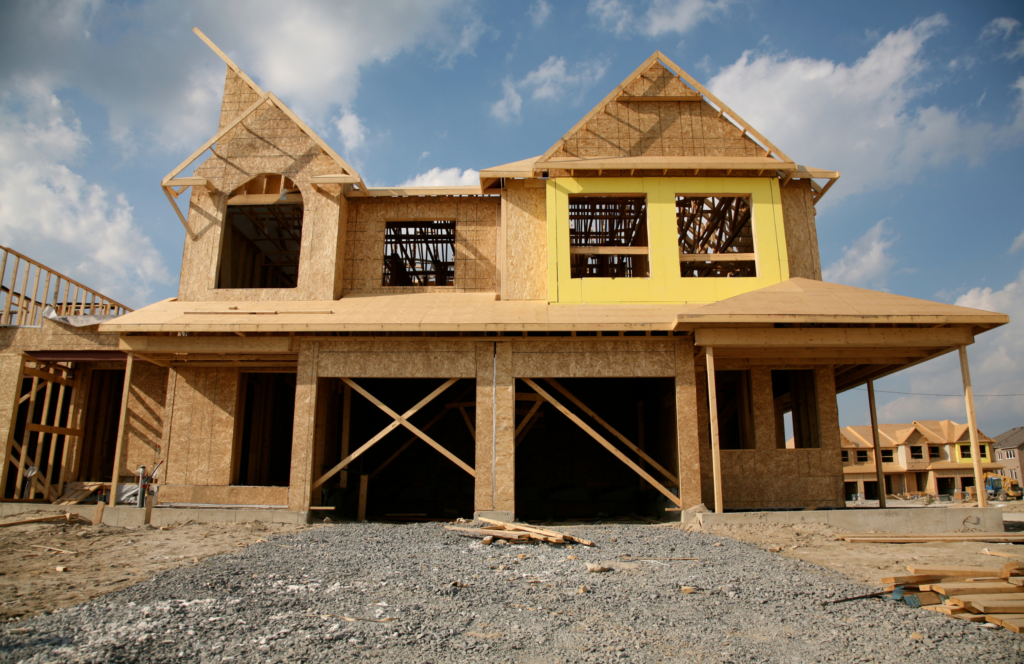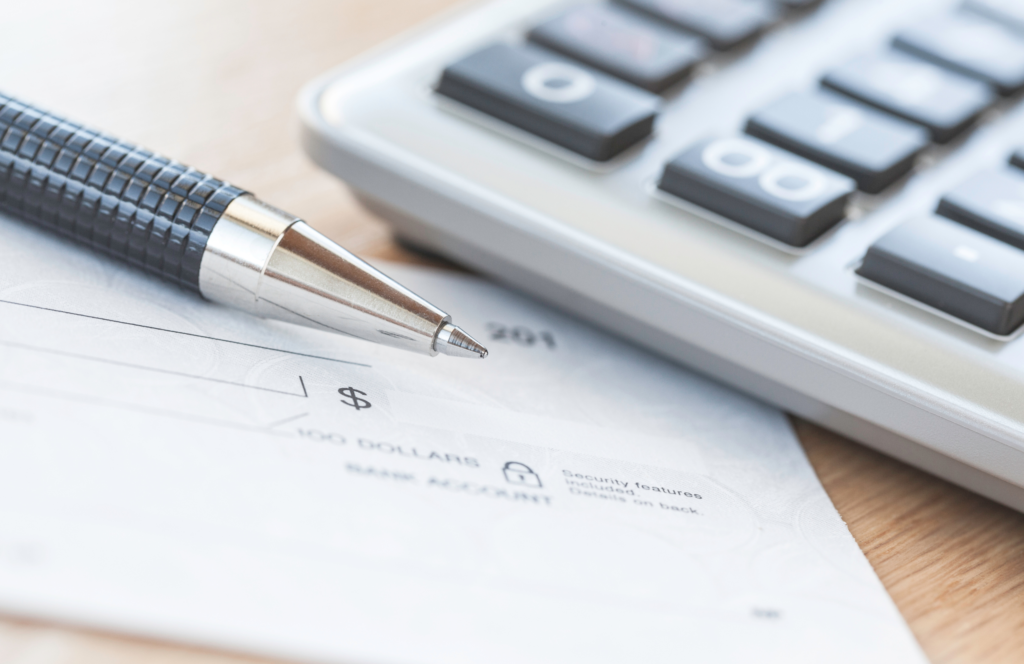
With mortgage rates on the rise, many home buyers are searching for creative solutions to ease the impact of higher rates, with optimism for future decreases. In response to this need, mortgage lenders have developed innovative strategies, including the 2-1 Buydown program, to provide some financial relief for buyers in the initial years of their mortgage. Here, we’ll explore the fundamentals and considerations of this intriguing program, shedding light on how it can be a valuable tool for today’s home buyers.
Understanding 2-1 Buydowns: Pros and Cons
When it comes to reducing your monthly mortgage payments, 2-1 buydowns are a strategy worth considering. This financing program can provide immediate financial benefits. However, it’s essential to be aware of the pros and cons before making a decision.
Pros:
- Immediate Savings: A 2-1 buydown allows you to enjoy lower monthly payments during the first two years of your mortgage. This upfront savings can make your homeownership journey more manageable.
- Beneficial in Buyer’s Markets: These temporary buydowns are especially helpful in buyer’s markets, where there are more properties available than potential buyers. They can help properties sell faster and prevent them from lingering on the market for an extended period.
- Managing Initial Costs: For many buyers, the initial costs of purchasing a home can be overwhelming. A 2-1 buydown eases the financial burden in the early years of homeownership, enabling you to adapt to the new expenses more comfortably.
Cons:
- Temporary Reduction: The most significant drawback of a 2-1 buydown is its temporary nature. While it lowers your interest rate for the first two years, this reduction is not permanent. By the third year, your rate will revert to its original level.
- Potential Financial Strain: It’s crucial to assess your financial situation carefully. If your income does not align with the mortgage payment at the original interest rate in the third year, it can create a financial burden. Ensure that you have a clear understanding of how your income will evolve over time.
In conclusion, the decision to pursue a 2-1 buydown should be made after a thorough assessment of your financial situation and home buying strategy. It can be an excellent solution for some buyers, particularly in specific market conditions. However, it’s essential to weigh the short-term benefits against the long-term financial implications. Discuss your options with your mortgage lender and trusted Realtor to make an informed decision.









